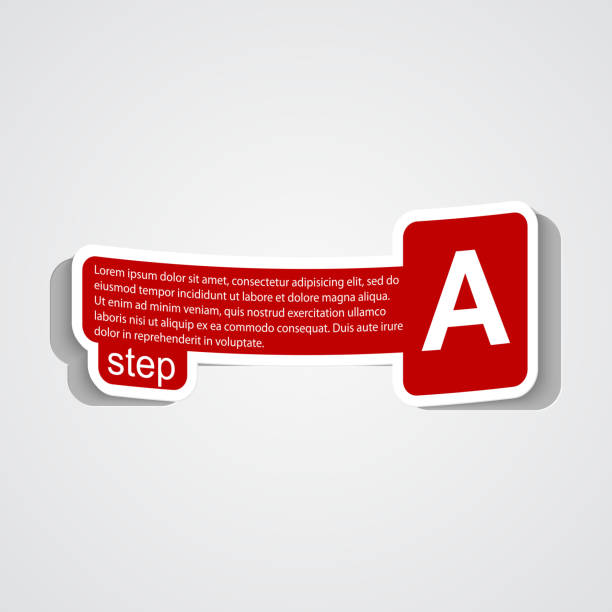
For a long while, schema markup has existed. Google has recently shown an interest in adding more types of schema markups to its list. There are over 28 types of schema, and some of them have subtypes to define further the information that you want to emphasize to search engines. Subtypes of local businesses, such as restaurants, spas, gyms, etc., are examples. Many other types of structured information can be used to improve your website. Two SEOs have even built a website to provide valid measures of JSON LD schema markup.
If you are looking for pre-validated JSON LD markup, we highly recommend that you visit their website, Steal our JSON LD. Google actually said that it prefers JSON-LD markup. The most popular search engine uses three types: JSON-LD microdata, RDFa, In this article, we will focus on the three newest members of the schema markup family: Speakable Q&A page and Top Places lists, which are all currently in beta and awaiting official launch.
Let’s begin by saying that structured data can improve how your information is displayed on the search engine result page (also called SERP). Search engines like Google use structured data. They can crawl the page to understand its content and categorize the results. Google has a specific process to implement structured data in your HTML site. This will increase your chances to appear in Google Rich Snippets and Featured Snippets. Let’s move on to discuss the new types of schema markup introduced by Google and how you can leverage them for your business.
Speakable[beta] New types of schema markup
Let’s start with the new schema markup we can hear in development – the beta of Speakable. This Schema.org attribute identifies the sections of a website that are most suitable for audio playback. It is specifically used when text-to-speech (TTS) is being used. Search engines and devices connected to the internet can read content aloud by adding Speakable markup. Google Assistant, for example, uses Speakable structured information to answer new questions on smart speaker devices.
This markup shows that the sections are well-suited for speech-to-text conversion. The Speakable attribute can be repeated, and three different types of “content locator” values can be attributed: id value (an element annotated in the annotated document), CSS selectors, and XPaths.
Speakable will eventually give users of devices like Google Assistant additional information. By “additional info,” we mean that users will be able to receive further details verbally in addition to their initial Question. Google Assistant will be able to verify any other relevant information via voice using Speakable markup.
Speakable’s markup allows you to create content-based actions, such as podcasts, news articles, and recipes. These items can be made available by Google smart devices like Google Home or Amazon’s Echo if they are marked with the right schema. You can add schema markup to your website in the form of relevant properties such as BlogPosting or RecipeInstructions. Note: Creating a podcast action will require additional documentation.
Q&A page [beta]
Got a question? A Q&A page can help you. These pages provide information in the form of a Q&A or question-and-answer format. It is a question followed by a single answer or multiple responses to the Question. They can be used on pages with frequently asked questions or how-tos. Also, they are useful for news sites, forums, and message boards that provide help and support. If your content is a question with its answers and fits this description, you can mark up the data using Schema.org Types: QAPage (Question and Answer) and Question and Answer.
Use the QA Page Indicator for pages with information that is in question-and-answer format and is focused on a particular question and its answers. The QA Page indicator is not meant to be used for FAQ pages with multiple questions and their answers. There should only be one Question type per page. The Answer is the list of accepted explanations for the Question on the page. Google Developer Resources for QA Page Schema can be used to test and implement this new data type.
The SERP will display an expanded result for pages that have been properly marked up. Rich snippets are the raised, or “rich,” development. Rich snippets are enriched organic results that contain information specific to the query. You can get more information without clicking through the webpage. Rich snippets can appear anywhere in the SERP. Users can interact directly with your content within search.
This new Q&A markup is a great match with Speakable, as these answers will feed into voice searches. Google Home devices currently retrieve answers from the SERP snippets as well as the answer boxes. This pending Q&A Markup will be another indicator that these smart devices can pull information to be spoken back to users.
Top Places List (beta)
Everyone uses Google to find a place to eat or drink or to do some sightseeing. In Google’s Top Places List Beta, they are taking their results a step further. Top Places is a schema that displays lists of geographical locations. Users can then browse the selections to decide where they want to go. These places are often well-known within a particular category, such as the best vegan restaurant. Websites can publish themed lists for these locations.
Google Search can show a variety of lists that mention the RedFarm Restaurant NYC. Different providers publish each list. Trusted and authoritative sources have curated these lists.
Google has provided a list of criteria that you must meet to be included in the Top Places List.
- The content must be authentic, independent, and unsponsored.
- No template sentences or metrics based on data.
- Avoid vulgar or offensive language.
You can fill out Google’s “express interest” form online if you are a publisher and want your lists included in Top Places.





